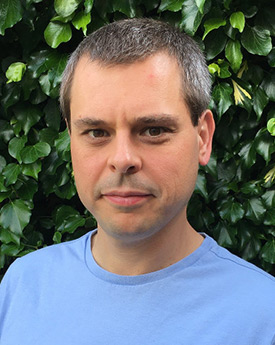Superconducting Quantum Circuits
Quantum Technologies rely on the ability to build and manipulate devices based on quantum principles, with an ultimate control at the level of single quantum, be it a charge or a flux quantum, a photon or a phonon. Superconductors are one natural material choice for building such devices as they can carry electric current without dissipation, which is a good prerequisite for quantum coherence.
In addition, the superconducting energy gap protects the superconducting condensate from excitations, thus facilitating longer coherence times. Superconducting quantum circuits are based on Josephson junctions and utilise charge or flux degrees of freedom, or energy level quantisation in a local minimum of the potential profile.
We build our devices using the state-of-the-art nanofabrication facilities of the Quantum Technology Centre using electron-beam lithography, dry etching and thin-film deposition technique. Our area of interests includes quantum computing, quantum metrology and quantum sensing.
Our academic collaborators include Aalto University (Finland), Chalmers University of Technology (Sweden), Dongguk University (South Korea), Institute of Physical and Chemical Research (Japan), Royal Institute of Technology (Sweden), Stony Brook University (USA) We also collaborate with industrial partners in the development of novel primary thermometry techniques at low temperatures and cryogenic platforms, and with the National Physical Laboratory in the development microwave single photon sources and detectors.



